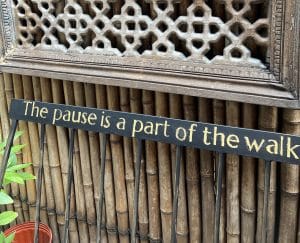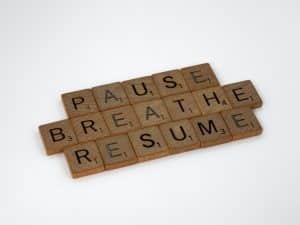
You know that saying that no person is an island? You’ve probably heard it before, and maybe even the first time you did, you thought, “Obviously…wait, what does that mean?” It’s kind of an odd metaphor, but its point is valid. None of us can – or should – live in isolation. None of us really does, unless we’re trying to. And these days, you’d think you’d have to try pretty hard.
In today’s hyper-connected world, it’s hard to imagine living in isolation. You probably know what your friends who live hundreds of miles away had for breakfast today, or where they’re hanging out after work or class later on. You definitely know where they’re traveling, and doing with their weekends. It’s like you’re there with them. Sort of.
Is that the same as being connected, though?
Recently, the American Academy of Pediatrics updated its recommendations to include universal depression screening for all teenagers. Yup, all of them. Screening for feelings of isolation (and other things) among the most “connected” group of human beings on the planet.
Do I sense a hypothesis coming together?
Watching what people are doing, and even remotely commenting back and forth with them about it, is different than connecting with them.
You could be sitting right next to someone and be completely disconnected from them. You can have a heartfelt video call with a person on the other side of the world – or read a handwritten note they created with love for you – and feel intimately connected to them. Physical presence can magnify connection, but it’s not enough on its own. Real connection comes through presence of a different kind.
Real connections happen with intention, focus, and a willingness to be open. Aka, trust, aka, vulnerability.
Ugggghh…the v-word. Nobody likes it. It’s all the rage, though, as you may know, and for good reason. You know what it’s like to hang out with someone who has their guard up. It’s fine, for a little while, but then eventually, you hit the wall, and not being able to go any farther gets old. The inability to reach a deeper level with them limits the strength of your relationship.
When it comes to opening ourselves up to others, we can only give what we already know we have. (Throwback to some wisdom from just last week…) Mindfulness helps us take the first step to learning to be present with ourselves. It provides the opportunity – if you want it – to check in with what’s going on within you, and to accept it without judgement. You raise your tolerance for discomfort. You get comfortable with yourself. Eventually, this self-awareness enables you to become more accepting that other people are as they are, in any particular moment.
With mindfulness, you become more courageous about showing up. You are more present, and therefore, more capable of building relationships based on authenticity.
Posting about them is entirely optional, but do yourself a favor and check your connection first. 😉
Photo credit: Matheus Bertelli




1 thought on “Connectivity issues”
Pingback: “No-Fail” Friday: So, what’s up with you? | MindfulMBA